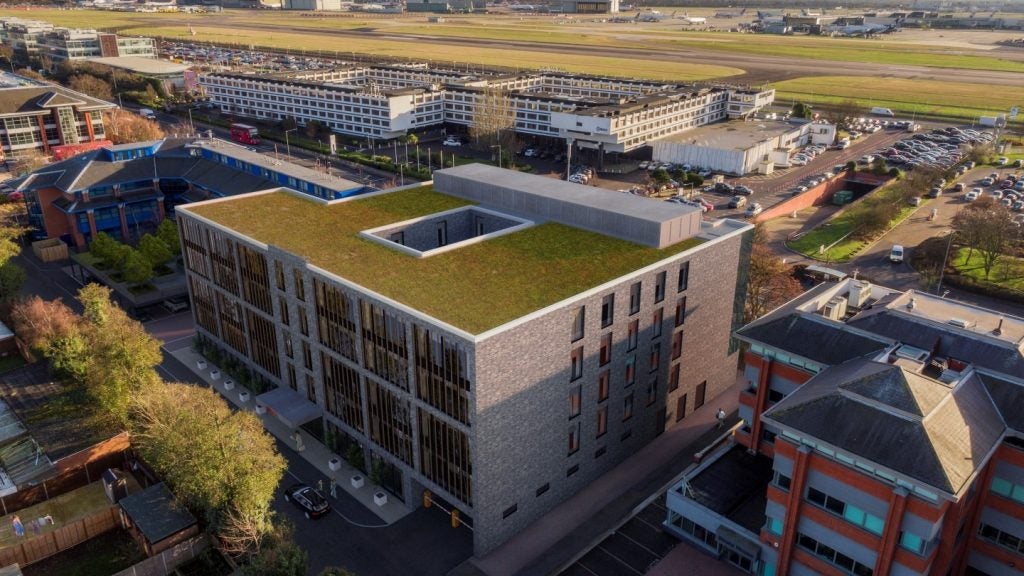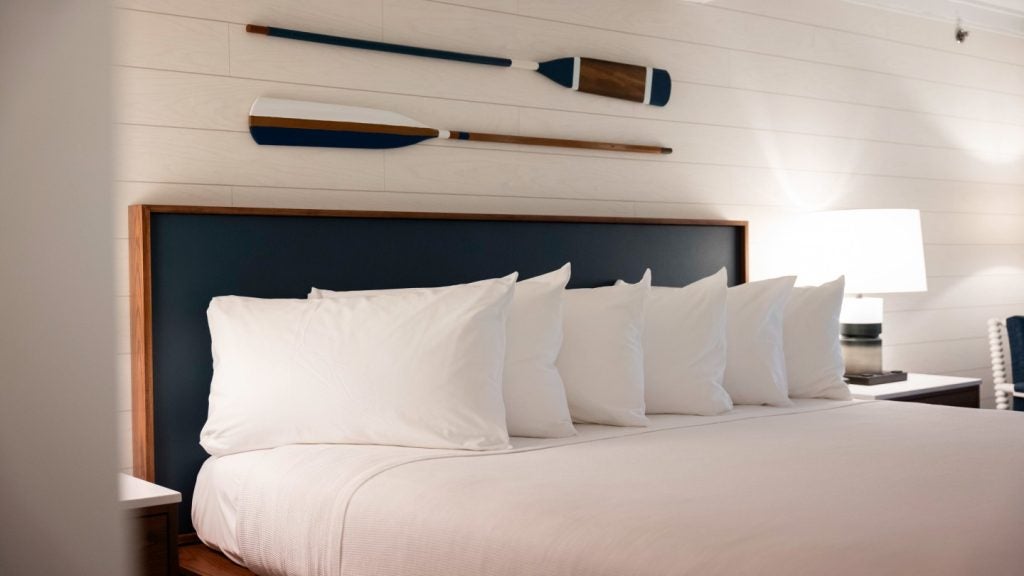Robotics in hotel industry is changing the way the industry perceives service. One of the reasons robots have become a popular technology trend in the hotel industry is that the idea of automation and self-service plays an increasingly important role in the customer experience.
Additionally, the use of robotics in the hotel industry can lead to improvements in efficiency, speed, economy and accuracy.
Discover the leading robotics companies in the hotel industry
Using its experience in the sector, Hotel Management Network has listed some of the leading companies providing products and services related to robotics.
The information provided in the download document is drafted for hotel executives and technology leaders involved in hotel robotics solutions.
The download contains detailed information on suppliers and their product offerings, alongside contact details to aid purchase or hiring decisions.
See Also:
Amongst the leading vendors of robotics in hotel industry are Aethon, Bear Robotics, Blue Pin, CTRL Robotics, Keenon Robotics, Microsonic Solutions, TMM Automation, Cyberdyne, and Aerowash.
Applications of robotics in the hotel industry
Guest ambassadors
Guest ambassadors are robots that are placed at strategic points like an elevator or a room to answer common queries of the guests. The humanoid appearance of these robots is also intended to create a distinctly welcoming appeal to the guests.
Robots for housekeeping
There are hotel robots designed for a variety of housekeeping services, such as cleaning and sanitising rooms, and providing fresh linens to appropriate floors.
Robots for delivering room service
Some robots have been developed to offer guests tailored room service options. These robots are served with food from the hotel kitchen before being delivered to their specific room. This service ensures that all food is served fresh and in a timely manner.
Robots who cook
Robots can also prepare meals for guests. Not only can such mechanisms be programmed to prepare highly complex dishes, but their precision allows them to cater to specific tastes such as gluten-free and low-calorie dishes. Additionally, these methods are useful when large meals need to be prepared in a timely manner.





